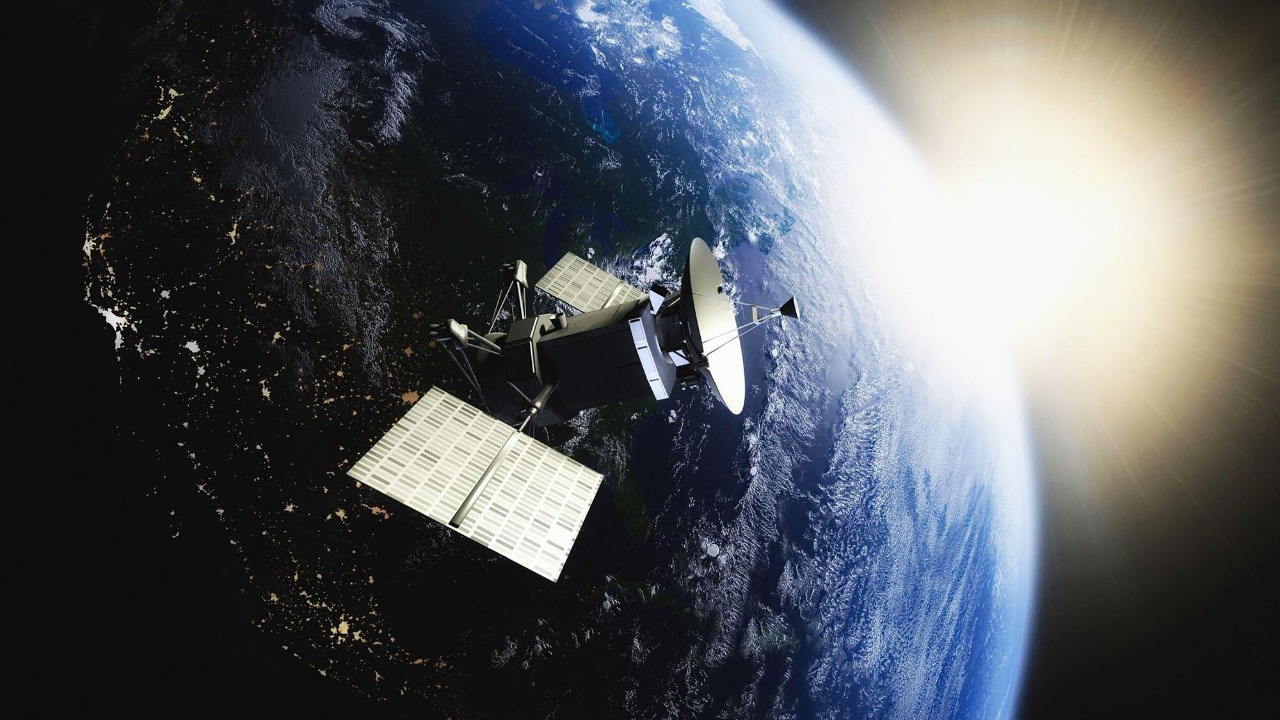
Reflect Orbital has recently proposed an ambitious plan to launch 4,000 massive space mirrors into orbit, aiming to reflect sunlight back to Earth as a means to combat climate change. This initiative, however, has sparked significant concern among the scientific community, particularly astronomers. They warn that such a constellation could create substantial light pollution, severely disrupting ground-based astronomical observations. One expert has described the potential impact as “pretty catastrophic” from an astronomical perspective. This development raises critical questions about how to balance technological innovation with the preservation of dark skies, which are essential for both stargazing and scientific research.
The Company’s Ambitious Proposal
The core objective of the company’s proposal is to deploy 4,000 space mirrors designed to beam sunlight to Earth, potentially aiding in climate mitigation efforts. These mirrors are planned to be large enough to reflect significant amounts of sunlight, with the company outlining a strategy for their orbital deployment that could see a rapid rollout if approved. The mirrors are intended to provide targeted illumination, which could be beneficial for agricultural purposes or energy generation in remote areas. This ambitious plan underscores the company’s commitment to leveraging space technology for environmental benefits.
According to initial announcements, the project is set to unfold on a large scale, with the potential for swift implementation. The company has highlighted several benefits, including the ability to direct sunlight to specific regions, which could enhance agricultural productivity or provide renewable energy solutions in areas lacking infrastructure. However, these proposed advantages are juxtaposed with the significant concerns raised by the scientific community regarding the potential for increased light pollution and its impact on astronomical research.
Astronomical Disruptions Foreseen
The introduction of 4,000 space mirrors into orbit poses a significant threat to astronomical observations. The mirrors’ reflectivity could create artificial streaks and glares in the night sky, interfering with telescopic studies of distant galaxies and stars. This interference is particularly concerning for long-term data collection in optical and infrared wavelengths, which are crucial for understanding the universe. The continuous orbit of these mirrors means that the light pollution they generate would be a persistent issue, unlike temporary satellite passes that astronomers have adapted to over time.
Astronomers have expressed alarm at the potential disruptions, with one expert stating, “From an astronomical perspective, that’s pretty catastrophic.” The presence of these mirrors could obscure faint celestial objects, making them invisible to ground-based observatories. This would not only hinder current research but also compromise future discoveries. The permanence of the mirrors’ orbit exacerbates the problem, as they would continuously reflect sunlight, creating a lasting impact on the visibility of the night sky.
Expert Alarms and Initial Reactions
Leading scientists have issued warnings about the detrimental impact this plan could have on global observatories. The potential loss of visibility for faint celestial objects is a major concern, as it could significantly impair the ability of astronomers to conduct essential research. Reports published on October 21, 2025, highlight these concerns, emphasizing the need for regulatory intervention to assess the light pollution thresholds that such a project would introduce. The scientific community is calling for a thorough evaluation of the potential consequences before any further steps are taken.
Astronomy organizations have reacted strongly, urging for regulatory measures to be put in place to prevent the implementation of the plan without comprehensive impact assessments. The potential for increased light pollution has prompted calls for international cooperation to establish guidelines that balance technological advancements with the preservation of the night sky. These initial reactions underscore the urgency of addressing the potential ramifications of the project before it progresses further.
Regulatory and Ethical Challenges
The proposal to launch 4,000 space mirrors highlights a significant gap in international space treaties, which currently lack specific regulations addressing orbital light reflectors. This situation draws parallels to the challenges posed by existing satellite mega-constellations, which have already raised concerns about space debris and light pollution. The absence of clear guidelines complicates efforts to manage the potential impacts of the mirrors, necessitating a reevaluation of existing space policies to accommodate new technologies.
Ethical debates have emerged regarding the prioritization of climate solutions over astronomical research. While the mirrors could offer environmental benefits, the potential disruption to scientific endeavors raises questions about the trade-offs involved. Affected scientific communities are advocating for environmental impact studies to assess the full scope of the project’s implications. These studies would also need to consider the risk of exacerbating space debris, which poses an additional challenge alongside visual pollution.
Potential Alternatives and Future Outlook
In response to the concerns raised, several potential mitigations have been proposed. These include designing mirrors with adjustable reflectivity to minimize their impact on the night sky or exploring ground-based technologies for sunlight redirection. Ongoing dialogues between the company, scientists, and policymakers are crucial in finding a balanced approach that addresses both environmental and astronomical considerations. Reports from October 21, 2025, indicate that these discussions are actively shaping the project’s future trajectory.
The broader implications of this initiative extend beyond the immediate concerns of light pollution. As space commercialization continues to advance, it is essential to balance innovation with the preservation of humanity’s access to the cosmos. The outcome of this project could set a precedent for future endeavors, influencing how space technologies are developed and regulated. By fostering collaboration between stakeholders, it is possible to achieve solutions that benefit both the environment and scientific research.
Ultimately, the company’s plan to launch 4,000 space mirrors presents a complex challenge that requires careful consideration of both its potential benefits and drawbacks. By engaging in open dialogue and conducting thorough impact assessments, it is possible to navigate the regulatory and ethical challenges that arise from such ambitious technological proposals.
More from MorningOverview